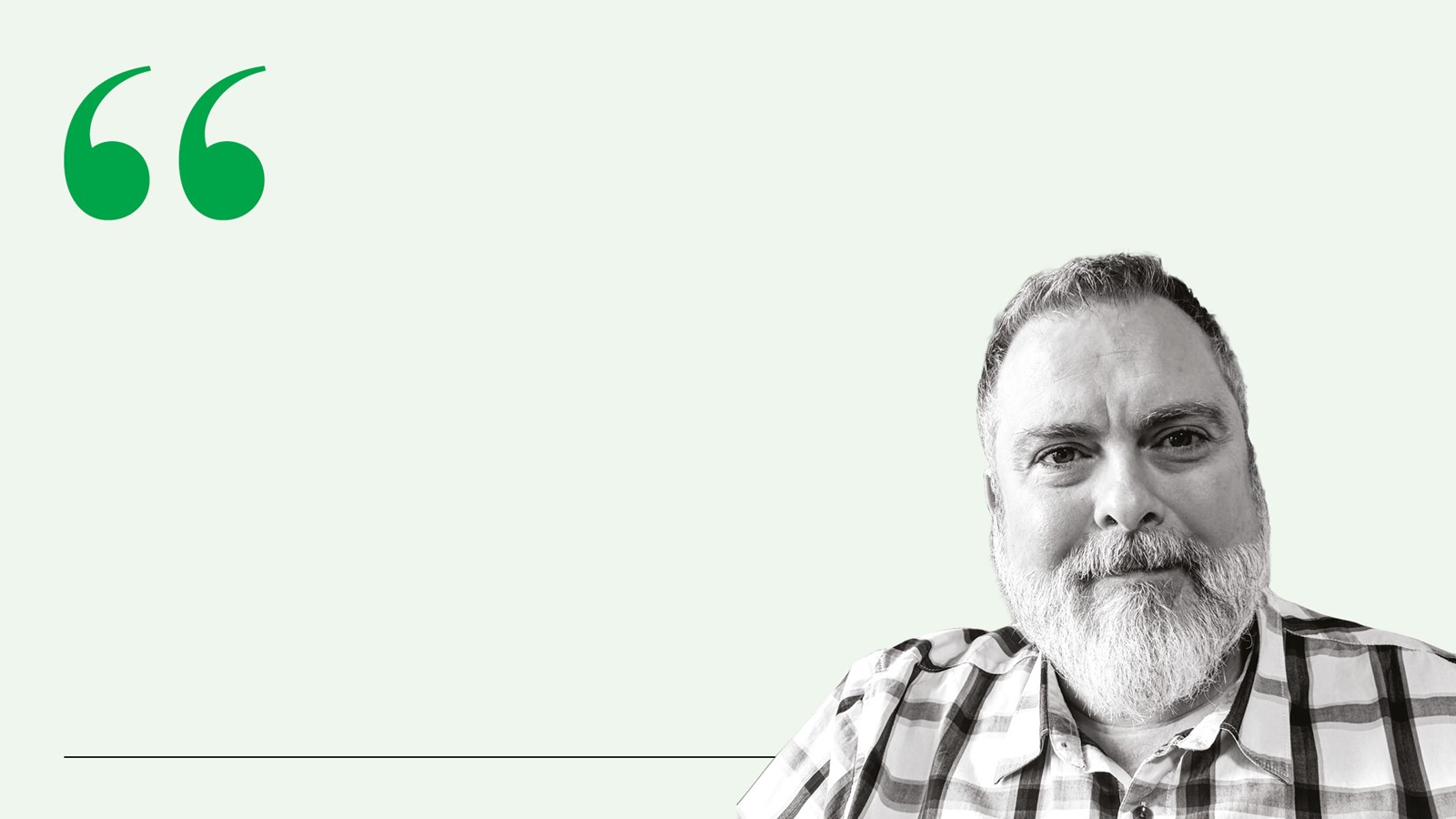We all have needs: physical, emotional and mental. Maslow1 described a hierarchy of needs, which suggests we must ensure our physical needs are met before we can start to think about our emotional needs. In meeting a partner and forming relationships, we’re looking, in part, to find someone to help us to meet these needs. And we in turn help to meet theirs. The problem for relationships, and relationship therapists, is that we don’t always know what those needs are.
We may think, as a result of taking on the scripts of the world around us, that we need to be in a relationship with one other person, exclusively, forever. And that that person needs to do a certain job, be from a particular place, or look a certain way. This may well be what we think we need, but is actually what we want, because our needs are often less obvious, lurking in our subconscious like a shark just below the water.
Attachment theory tells us that some of these needs are an evolutionary design that keeps an infant child close to their caregiver for protection. We need the proximity of the caregiver for physical safety. These needs are combined and made powerful by a need to be emotionally close to our caregiver. This is so strong that we may privilege emotional above physical needs: the need for comfort is as powerful as the need for food.
This may show up in adult life as a need to belong – to a family or wider community. For people with diverse experiences of gender and sexuality, this can be a challenge, as we often recognise that we will not belong if our ‘true’ self is shown; if our caregivers discover our otherness, they may reject us. This can trigger a need to develop a ‘people-pleaser’ driver in order to be liked, to be seen as ‘good’, and to counteract the perceived ‘bad’ we carry within us. We also see this happening where children are not loved and nurtured by caregivers, due to their own relational inabilities.
This need to belong often leads people with diverse genders and sexualities to form their own chosen ‘families’ of like-minded people. People with shared understanding and experiences who we perceive as better able to meet our needs for acceptance and unconditional love. We long to feel held and nurtured, safe in the ‘good breast’ of life-giving affirmation.
This, however, can lead to forming relationships with inappropriate partners. People who, in order to meet their needs, can abuse, control or manipulate a relationship. And these relationships are hard (if not impossible) to work with in relationship therapy, as the controlling partner can use the therapy as part of their arsenal of tools and techniques. Guarding against being co-opted into a coercively controlling relationship is a constant theme in relationship therapy.
Next in this issue
Outside of these relationships, we still usually see a difference in the level of ‘neediness’ of clients. But how is neediness defined? Is there a universal level of neediness against which we can measure all our clients’ actions, thoughts and feelings? Usually, neediness is seen as a relative term. One person is more or less needy than their partner.
In working with these clients, it’s important to look for the types of behaviours each shows to build an understanding with them of what neediness is and how it’s expressed. Is one partner ‘too needy’? Or the other ‘too withdrawn’? Working with gender and sexually diverse clients, this will involve examining their history to understand how each managed their otherness as a child. How did their longing for acceptance turn into behaviours that would manage their emotional needs, if these needs weren’t being met by their caregivers?
There is also much to be gained from looking at how these clients manage their need to belong in terms of their community cohesion. It’s easy to think about the LGBTQ+ community as a space in which all gender and sexually diverse people are able to come together and meet their needs to belong. However, the availability of this community is driven by geography. And it should also be understood as a very loosely held together collection of communities, rather than as one community. The gay scene in Manchester, for example, is a largely white, gay, cis male environment. So how do people of colour, bi/lesbian women or trans people access these spaces? If they don’t, how do they form their own diverse communities?
In looking at our clients’ needs, we could benefit then from examining how diversity is managed in terms of our need to belong. Both in terms of our internal emotional selves and our connection with other human beings. We can help clients by giving them a place to belong, standing in for that accepting ‘good breast’ and showing clients they belong here, now, with us. We create a space where they can meet their longing to just be.
